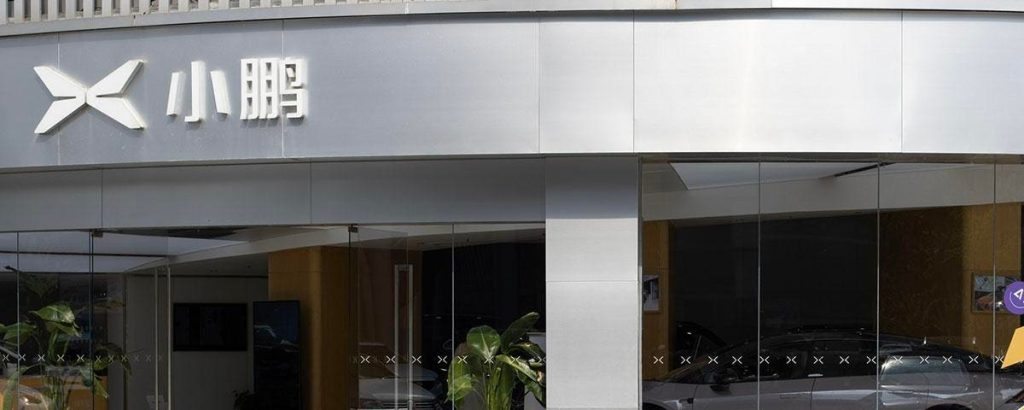Asian equities staged a robust rally despite a strong US dollar, with Taiwan, the Philippines, and Pakistan experiencing significant gains. Conversely, South Korea’s markets underperformed, as evidenced by year-to-date declines of -15% for the KOSPI and -28% for the KOSDAQ. Emerging Markets, excluding South Korea, have not seen any notable calls for adjustment, although South Korea’s upgraded status to a developed market has given the FTSE Emerging Markets index an advantage over the MSCI Emerging Markets index. Hong Kong and Mainland China recorded notable gains, driven by the positive performance of growth stocks following encouraging purchasing managers’ index figures and increased automotive and real estate sales in November. Market speculation regarding an early gathering of the Politburo and the commencement of the China Economic Work Conference also supported investor sentiment.
Purchasing Managers’ Index (PMI) releases played a pivotal role in propelling market performance, indicating there was no significant impact from tariff anticipations since export orders remained below the critical threshold of 50, suggesting a contraction in month-over-month activity. In Hong Kong, Meituan emerged as the most heavily traded stock, only slightly declining after impressive quarterly performance, while its unsponsored American Depository Receipt (ADR) faced a sharper drop. Additionally, MINISIO, a discount retail chain, experienced an 18.22% surge, outperforming the 8.22% gain on its US listing, illustrating the preference for local stocks over their US counterparts. The ongoing issuance of consumption vouchers by local governments in Shanghai and Guangzhou has seemingly invigorated the consumption sector.
Further bolstering the auto sector in Hong Kong, November new energy vehicle sales indicators were promising, led by BYD’s output, while prominent players like Li Auto and Xpeng experienced fluctuations in sales. Guangzhou Auto’s notable increase of 25.17% after announcing a collaboration with Huawei also contributed positively to the market. Intriguingly, the Hong Kong market welcomed a significant influx of $2.53 billion from Mainland investors, particularly through the Tracker ETF, with Southbound Connect trading accounting for a substantial portion of turnover. While Hong Kong’s performance was strong, the stocks in mainland China appeared to have outshined their Hong Kong counterparts, even as local Treasury bonds reached historic high prices.
The Governor of the People’s Bank of China (PBOC) reiterated support for economic stabilization at a recent conference. It was reported that Jiangxi and Shandong provinces successfully refinanced significant batches of hidden debts, signaling an ongoing effort to manage financial stability within the regions. Notably, volumes associated with national team exchange-traded funds (ETFs) were lower than average, hinting that domestic investors are gradually reentering the market landscape. A recent piece in the Wall Street Journal highlighted the journey of Lei Zhang of Hillhouse Capital, emphasizing the challenges US investors face amid regulatory uncertainties in China’s internet sector and the nuanced political landscape influencing investment confidence.
Despite evident barriers, the trend suggests that local and Asian investors are stepping in where US capital may be retrenching, furthering the narrative of a potential re-rating of China’s economic outlook. The article underscored how capital flow will likely first return from domestic sources before attracting wider Asian investor interest. Even amidst escalating geopolitical tensions and regulatory scrutiny, a CEO based in Beijing expressed a rather dismissive attitude towards Trump’s tariffs, focusing on the fact that the US only accounts for 13% of China’s total exports. This indicates a growing sense of confidence among certain sectors within the Chinese economy.
As trading progressed, indices in Hong Kong exhibited a divergent performance, with the Hang Seng closing up 0.65% and the Hang Seng Tech rising 1.20%. This was on the back of a 9% increase in trading volume, indicative of increased market activity. Notably, short turnover surged sharply, reflecting a mix of market strategies among investors. Growth stocks and small caps were favored, driven predominantly by solid performances from sectors like Information Technology, Consumer Staples, and Industrials. However, the energy sector recorded modest declines, reflecting broader trends in market preferences. Emerging patterns in Mainland markets also highlighted notable advances, particularly in sectors linked to consumer discretionary spending and the real estate market, pointing towards a refreshing optimism surrounding the economic outlook in the region.
Overall, the Asian equity markets experienced a dynamic day, characterized by substantial volatility and contrasting performances across different regions and sectors. While South Korea struggled, markets in Hong Kong and Mainland China showed resilience bolstered by strong economic indicators, policy support, and a revival in consumer sentiment reflected through increased consumption patterns. These movements signal cautious optimism as investors adapt to changing macroeconomic environments, emphasizing local and regional dynamics over broader global inflationary pressures and currency fluctuations. The interplay between policy measures and market response within China amid tighter regulations on foreign investments illustrates a complex but evolving economic landscape where localized investor sentiment may ultimately dictate future performance trends.










